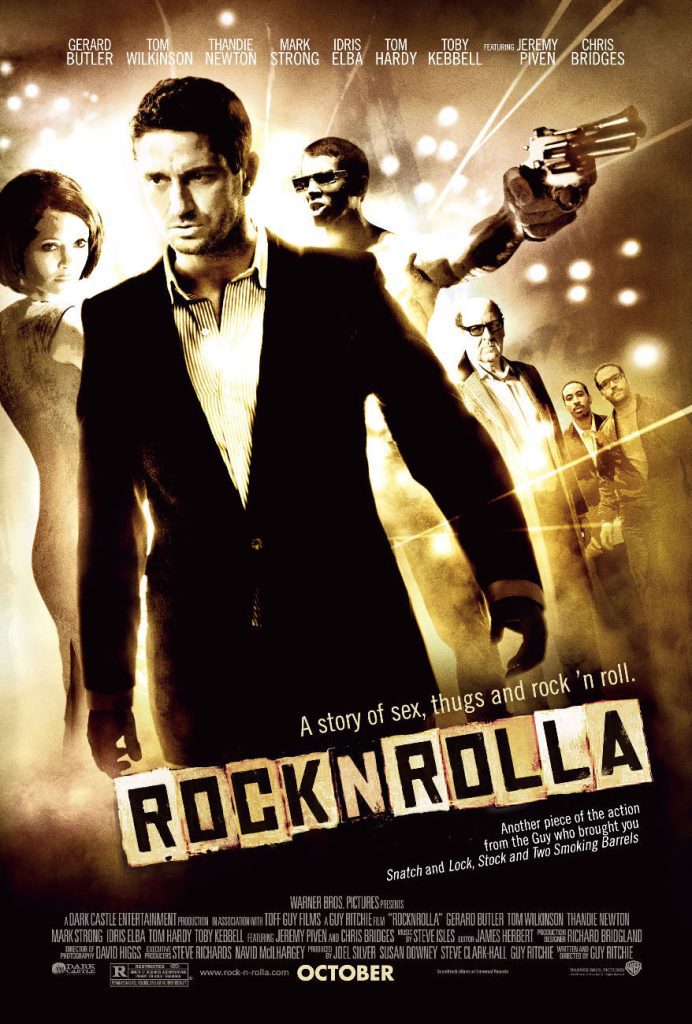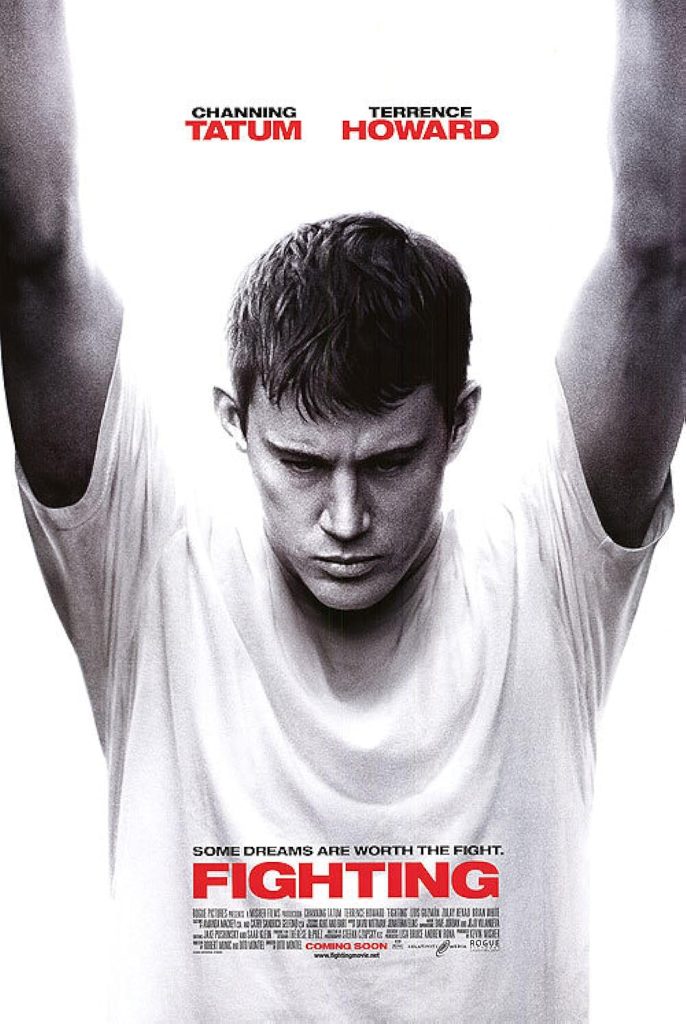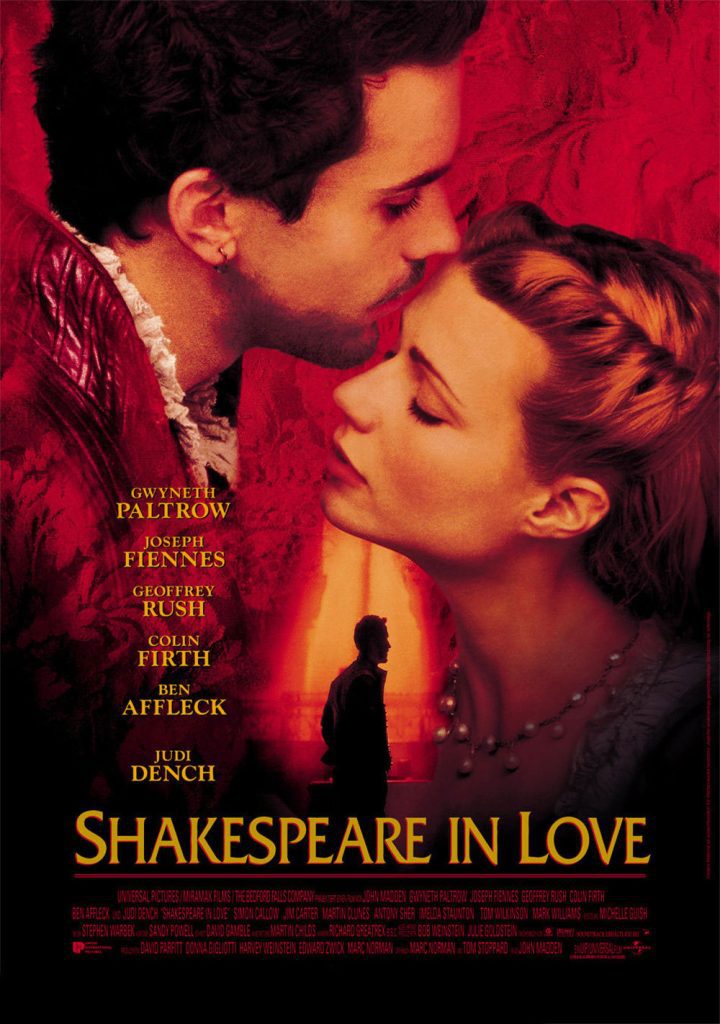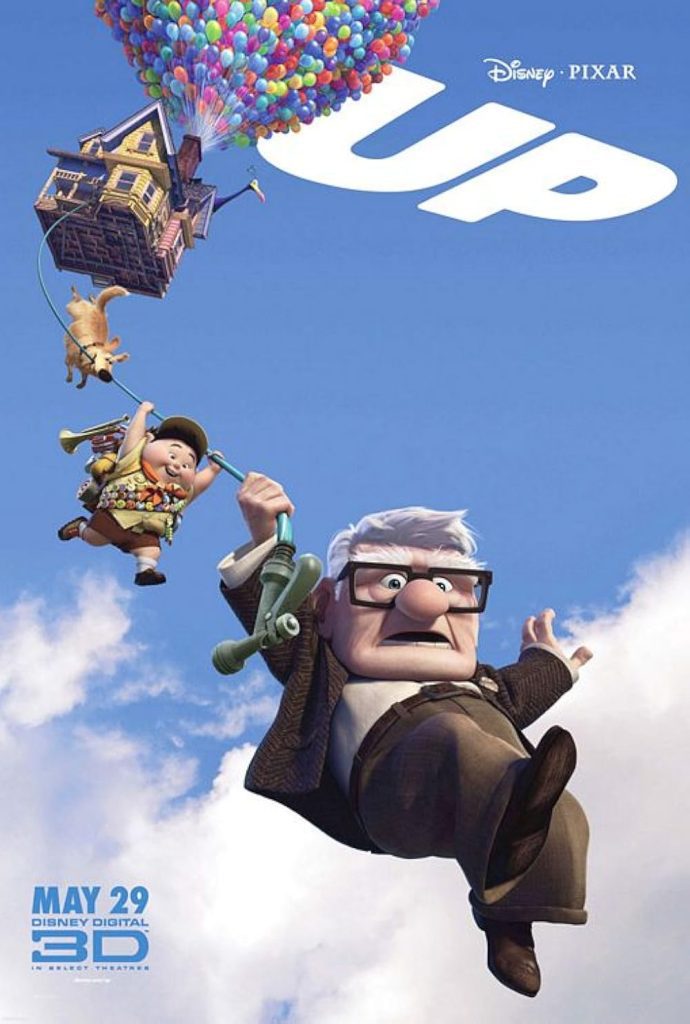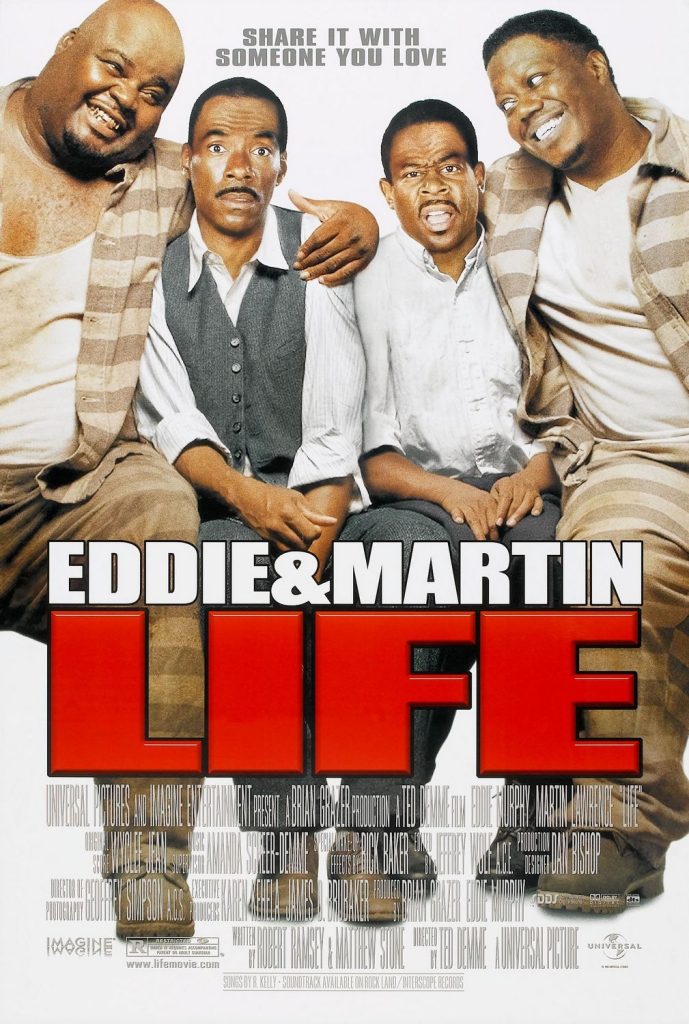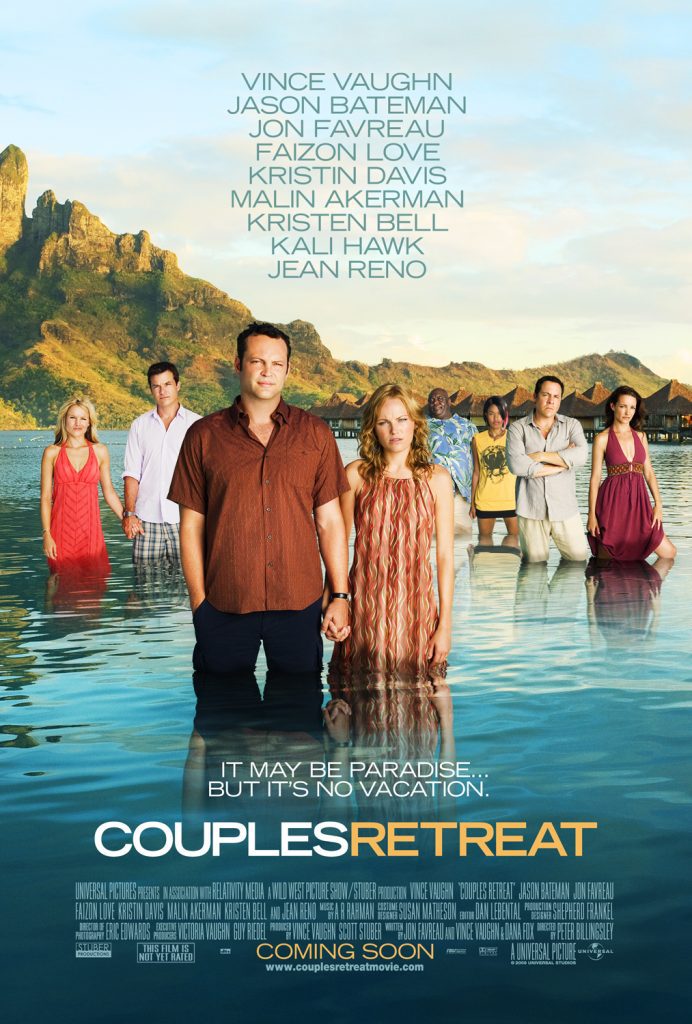
In 1925, Theodore Dreiser completed work on his novel “An American Tragedy.” His work was based on an actual incident that had occurred nearly 20 years previously in New York state. The book was adapted into a stage play of the same title by Patrick Kearney a year later and ran successfully on Broadway. Paramount purchased the film rights in the late 1920s and first planned to have Russian director Sergei Eisenstein (who had signed a contract with the company in 1930) direct. When Eisenstein prepared a treatment of the book that Paramount rejected, the company turned to Josef von Sternberg instead. He re-adapted the material and shooting began in March 1931 with Phillips Holmes, Sylvia Sidney and Frances Dee in the three principal roles. There was much controversy (including several court actions) over the completed An American Tragedy as Dreiser and others were very unhappy with its tone, complaining that it totally misrepresented his novel’s point of view. The handling of the issue of abortion also proved to be a major point of contention.
As a result, when director George Stevens then decided he wished to film his own version of the story in 1950, Paramount was less than thrilled, considering the hassle it had had the first time and the fact that the original film hadn’t done that well at the box office anyway. In fact, Paramount initially turned Stevens’s idea down, but after a second pitch by the director, the company’s approval was given. That turned out to be wise decision, for the resulting film, now titled A Place in the Sun, became one of the major pictures of 1951. It won six Academy Awards — for direction, screenplay, score, cinematography, editing, and costume design.
Paramount has now released A Place in the Sun on DVD in an outstanding edition.
World War II veteran George Eastman, a relative of the wealthy Eastman family, travels to the city where his uncle, Charles Eastman, has promised him a job in the family business. George starts at the bottom, collecting and stacking small boxes of merchandise. Despite warnings from his cousin that the Eastmans do not become involved with any of their business staff, George begins a friendship with one of his co-workers named Alice Tripp and the two eventually become lovers. Alice becomes pregnant and after a failed attempt at arranging an abortion, demands that George marry her.
Meanwhile, George is becoming noticed at work and he is invited to a party at the Eastmans’ house where he meets wealthy young socialite Angela Vickers. The two start to see each other regularly and soon fall in love. George is invited for a week at the Vickers’ vacation home by the lake and goes after telling Alice that it will be a good opportunity to improve his job prospects. A picture in the newspaper alerts Alice that George is doing more than cementing job prospects with the Vickers and she travels by bus to the station near the lake where she telephones George and insists that he come and marry her right away or she will reveal their relationship to the Eastmans and Vickers.
George agrees and the two get as far as the registry office only to find it closed. George then suggests staying at a nearby lodge until the next day and perhaps spending the time on the water. Alice is excited by the idea, not realizing that George has more than a simple paddle on the lake in mind — a trip that will affect the future of all three principals profoundly.
Here is a film that, as another somewhat more famous reviewer once put it, “is payment in full for many dull hours of picture-going.” The story conveyed in A Place in the Sun is a compelling one, expertly distilled from Dreiser’s lengthy novel, and it is movingly and credibly brought to the screen by a very fine cast of actors from top to bottom. This is far from a simplistic film. It is a valid comment on the American dream, with the suggestion that George Eastman is merely a victim of that dream a young man whose background has ill-equipped him to handle the temptations of the society to which he becomes drawn. It is also a sensitive depiction of George’s own reaction to what he has done and his soul-searching as to what was really in his mind at the time. The delicate balance between indictment of society and indictment of the individual is deftly handled by the film and probably would have found more favour with Dreiser than did the original film version’s handling of his story.
The main credit for the film’s excellence must be attributed to producer and director George Stevens whose involvement with the film was total, from the casting to the camera set-ups to the editing. In the case of the casting, Stevens selected all three principals and two of them are played by individuals that one would not have expected at the time Elizabeth Taylor as Angela and Shelley Winters as Alice. In terms of camera setups, it is a case of less is more. Nowhere does Stevens intrude on the basic story-telling, but instead allows the camera simply to act as a window for us on all that is going on. Where a long shot would be most effective, that is what we get. Where a close-up is demanded, we have that too. Two examples, of many, are particularly worth noting. When the district attorney speaks to the assembled Vickers family after George has been apprehended, we see the meeting from a fixed distant camera position. The sound is adjusted accordingly so we have to strain somewhat to hear what the D.A. is saying and our eyes have to follow the characters as various ones speak or as others move out of the frame. It’s as though we’re sitting there ourselves, eavesdropping on the proceedings and forced to be still so that no one will know we’re present. Alternatively, when George and Angela embrace, Stevens gives us a brilliant close-up of Taylor’s face completely in focus and shot right over George’s slightly out-of-focus left shoulder. As a result, we share the intimacy of the moment and our belief in how much these two care for each other is total. No fish sucking for air here, but two people intensely and passionately in love.
Montgomery Clift’s portrayal of George Eastman is a masterful piece of acting. It is always restrained and credible, and touched with poignancy throughout, though never moreso than at the film’s climax when George must examine his own feelings as to what he was really thinking when Alice was trying to keep herself from drowning. Clift deftly conveys the character’s initial uncertainty and eventual dread realization as he tries to remember what his state of mind was. Elizabeth Taylor is a revelation as Angela. Only 17 years old at the time the film was shot, she gives a remarkably assured performance as the rich and beautiful young socialite. Although very impressed by the intensity of effort that she saw from Montgomery Clift, she did not allow herself to be intimidated by him or her character overshadowed by his. Taylor would later say that she first began to take acting seriously and really think about what she was doing as a result of working with Clift. Finally, Shelley Winters up until this time had always conveyed the image of a well-endowed glamour girl in her films, so the role of the plain Alice was a departure for her. Yet she manages to convince us thoroughly of Alice’s plainness and dullness through a combination of loose-fitting, unbecoming clothing and a facial expression that conveys a continual battle between sadness and surprise.
Paramount has done A Place in the Sun proud with its recent DVD release of the title. The black and white film is presented full frame in accord with its original aspect ratio and utilizes 13 scene selections. The image looks gorgeous most of the time, with only a few instances of softness intruding. Blacks are deep and glossy and whites are bright and clean. Shadow detail is excellent. Edge enhancement is virtually non-existent. This is a very fine effort by the folks at Paramount and is certainly among the top handful of black and white transfers for films of this vintage.
An impressive array of extras have been assembled. Leading off is a fine 22-minute documentary entitled “George Stevens and His Place in the Sun.” The piece is essentially composed of four interviews with the director’s son George Stevens Jr., the film’s associate producer Ivan Moffat, Elizabeth Taylor, and Shelley Winters. The interviews are inter-cut with each other and scenes from the film. All are quite informative, particularly Taylor’s concerning her friendship with Clift. Winters’ comments come from a 1983 interview, but the others have been newly done for the DVD. Following this is a 45-minute featurette that is composed of eight segments. Each segment presents a different filmmaker (Capra, Zinnemann, Pakula, and Mankiewicz are four of the eight) talking about his own experiences with and/or reflections on Stevens and his craft. Then there’s an audio commentary by George Stevens Jr. and Ivan Moffat. This isn’t the best commentary in the world as there are some lengthy pauses and some repetition of information conveyed on the other features on the disc. But there are some interesting nuggets to be mined and overall, I didn’t mind the time spent listening to all of it. Finally, Paramount has included the original theatrical trailer. It’s a well-constructed trailer and image-wise, is in very good condition.
This isn’t really a complaint, but more of a question. Why did Paramount bother with a new Dolby Digital 5.1 track? I noticed no particular benefit that it offers. Certainly there’s no directionality to it and no low end. The original track would have been mono and I suspect conveyed what is a dialogue-driven film quite adequately. As to that, where is the mono track anyway? If Paramount wants to add a 5.1 track, fine, but let’s have the original too.
Excellent film. Excellent DVD. Purchase of this one should be an easy decision.
For more movies visit Soap2day.

